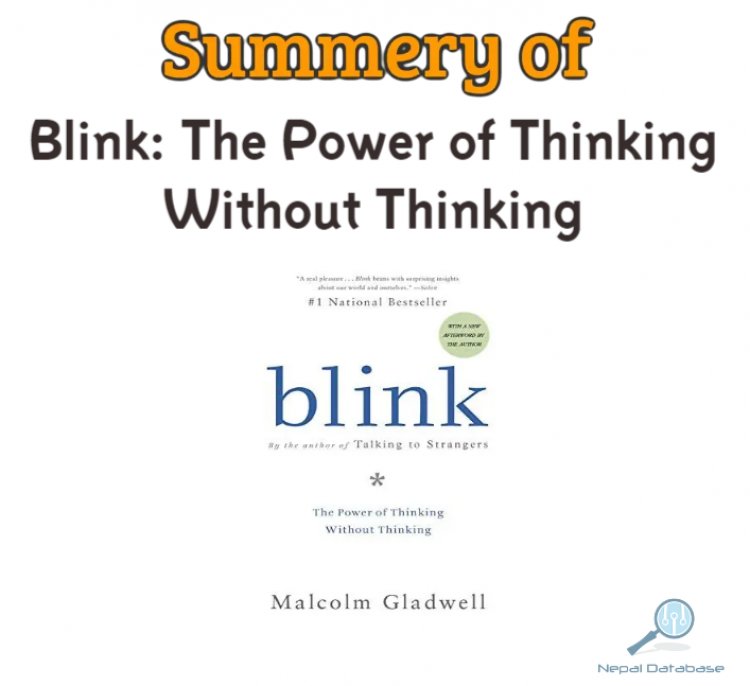Summery of Blink: The Power of Thinking Without Thinking, by Malcolm Gladwell
Get a concise overview of Blink: The Power of Thinking Without Thinking by Malcolm Gladwell in this summary. Discover the science behind rapid cognition and how it can impact our decision-making.

"Blink: The Power of Thinking Without Thinking" by Malcolm Gladwell is a book that explores the concept of rapid cognition, also known as "thin-slicing." Gladwell argues that our unconscious mind has the ability to make quick, accurate decisions based on limited information, often leading to better outcomes than if we were to deliberate for extended periods of time.
Throughout the book, Gladwell provides various examples to illustrate this concept. One of the most famous examples is the case of the Getty Museum's acquisition of a Greek statue. Despite evidence suggesting that the statue was a forgery, the museum spent millions of dollars to acquire it because the curators were so confident in their expertise. However, an art historian with limited knowledge of Greek statues was able to quickly determine that the statue was a fake simply by looking at it. Gladwell uses this example to show that sometimes our expertise can blind us to the truth, while our unconscious mind can make quick and accurate judgments based on limited information.
Gladwell also discusses the limitations and potential biases of making snap judgments. He argues that snap judgments are influenced by our experiences, cultural background, and prior knowledge. This can sometimes lead to unconscious biases that negatively impact our judgment. Gladwell provides examples of discrimination based on race, gender, and socioeconomic status and how these biases can be unconsciously perpetuated through rapid cognition.
However, Gladwell also argues that snap judgments can be improved through exposure to diverse experiences and perspectives. He cites the example of a police department that increased diversity in its ranks and was able to reduce instances of police brutality. Gladwell argues that exposure to diverse perspectives helps to reduce unconscious biases and improve the accuracy of snap judgments.
In conclusion, "Blink" provides a fascinating look into the science behind rapid cognition and how our unconscious mind can make quick and accurate decisions based on limited information. Gladwell argues that while snap judgments are influenced by our experiences and cultural background, they can be improved through exposure to diverse perspectives. The book provides a compelling argument for the power of thin-slicing and how it can impact our decision-making.
Overall, "Blink" is a thought-provoking and accessible read for anyone interested in psychology, decision-making, and the workings of the mind. Gladwell's writing style is engaging and easy to follow, making the book accessible to a wide audience. Whether you're an expert in psychology or just someone who is curious about the human mind, "Blink" is a book that is sure to leave a lasting impression.
What's Your Reaction?







































































































